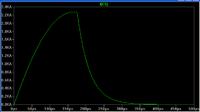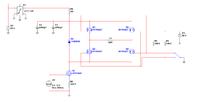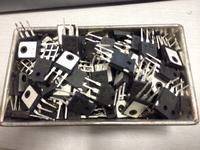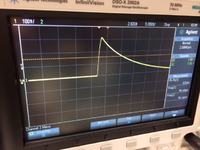mag5
Newbie level 3

Heres a simplified circuit, that inconsistently blows the mosfet. Charging the cap with a 50V 2A limited supply, and firing 5ms pulses at a period of 10s. I sense the current at the 0.001mOhm shunt. What am I doing wrong?
https://obrazki.elektroda.pl/4241127500_1410385744.png
https://obrazki.elektroda.pl/4241127500_1410385744.png








